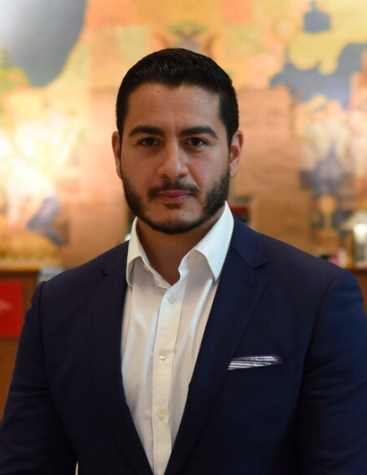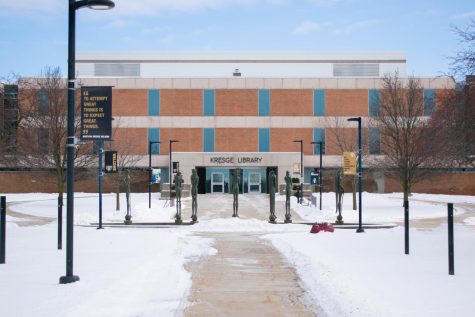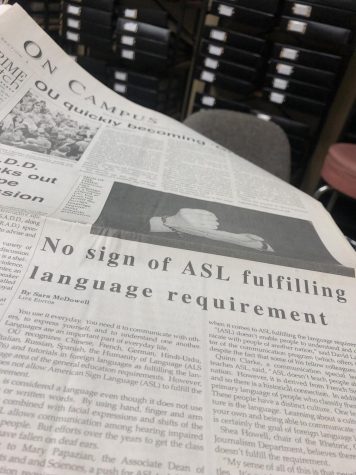Substance abuse programs face alcoholism in 1988
Substance abuse was something Barbara Talbot and Jack Wilson took action against in 1988.
Wilson, a psychologist and associate vice president of student affairs, hoped to educate students about Adult Children of Alcoholics (ACOA), an organization designed to help those affected by parents who abuse alcohol.
“Parents have a large impact on children,” Wilson said. “Everyone in that network is substantially affected.”
He explained further that every one in four families has a substance abuse problem. He gave another statistic — one in eight individuals abuses drugs.
Talbot, a psychologist, worked on educational programs that were meant to increase awareness around Oakland. She received her doctorate in psychology from the University of Detroit and worked in the area of substance abuse for seven years.
“Even though you don’t come in contact on a deep level, you will run into it on a work level and with friends,” she said.
Talbot planned on speaking to a variety of audiences around Oakland regarding abuse. Talbot’s goal was to talk to student and professional nurses, residence hall students and commuters about substance abuse.
“I want them to recognize abuse problems [in the dorms] — to look for someone at risk and send them to be evaluated,” she said.
She continued, saying that referrals received from resident assistants (RA) do not mean punishment for the student.
“When people think of referrals, they think they’re disciplinary,” Talbot said. “The program is not designed as disciplinary.”
She spoke more about the intention of her program, saying, “I hope the educational programs will peak people’s interest [so they] question their own substance use or that of others. No matter how bright [they are], people still don’t know that much about substance abuse. Substance abuse is a progressive process. The sooner one intervenes, the greater chance of success.”
The price of therapy with the program was low for students. Moreover, no one was turned away if they didn’t have enough money to pay.
Also provided was a 24-hour crisis hotline through the Graham Health Center. After operating hours, a voicemail listed numbers of centers they could call.
Talbot mentioned some staff members were available in case of emergencies.
The National Collegiate Alcohol Awareness Week (NCAAW) was scheduled for the second week in October. The goal was to emphasize the problem to residence hall students.
The NCAAW started a group called Boost Alcohol Consciousness Concerning the Health of University Students, or BACCHUS. The group advocates student awareness and planned on an event to take place in February for a drug awareness week.
Paul Franklin, coordinator at the Campus Information Programs and Organization (CIPO), commented that it’ll offer a program similar to alcohol awareness week to commuter students.
On campus now, the OU counseling center does help with substance abuse prevention. The program aims for prevention through education, presentations and workshops, identification and early intervention with “at risk” subgroups and training and consulting with faculty, staff and university decision-makers.
Their program starts with an assessment that costs $125 for students. They’re able to give students referrals to professionals off-campus and self-help groups.
None of the aforementioned alcohol week awareness or groups take place on campus anymore.







